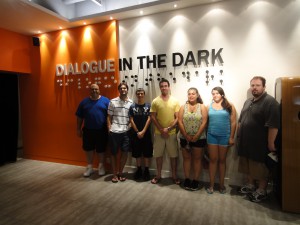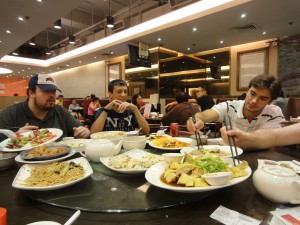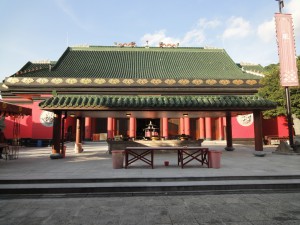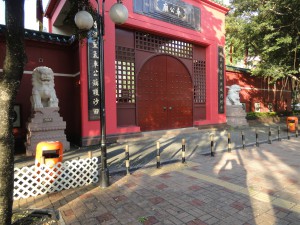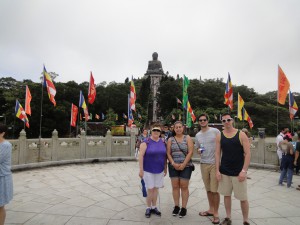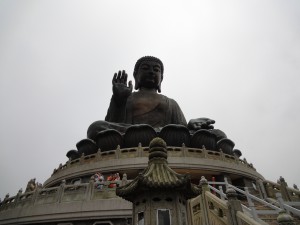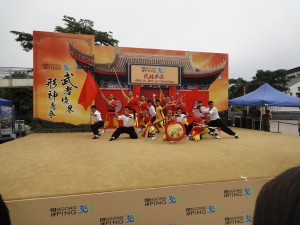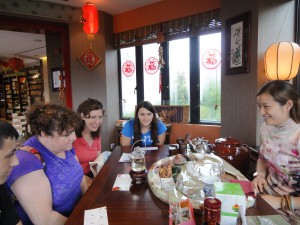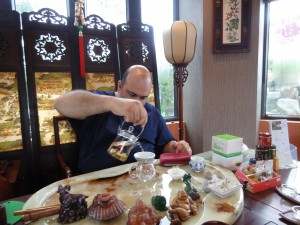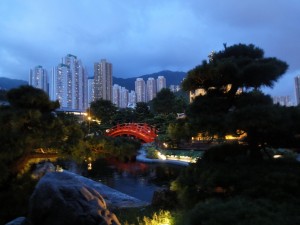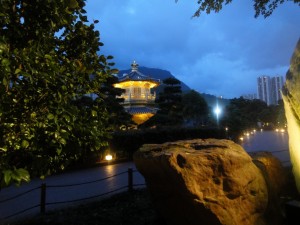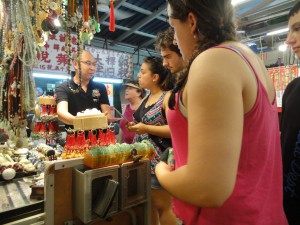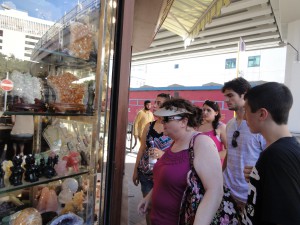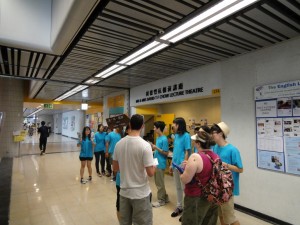One of the most interesting attractions we visited was Dialog in the Dark. Dialog in the Dark” is an awareness raising exhibition where blind guides lead visitors in small groups through different settings in absolute darkness. Through this visitors learn how to interact without sight by using their other senses, as well as experience what it is like to be blind.
The exhibition offers the exhibition as well as business workshops, and has created jobs for the blind, disabled, and disadvantaged worldwide. The exhibition aims to change mindsets on disability and diversity, and increase tolerance for “otherness”. Since its first opening in 1988 over six million visitors from more than 25 countries have experienced Dialogue in the Dark, which has provided over 6,000 blind people jobs.
After the exhibition, we stopped and enjoyed some local authentic Cantonese cooking.

